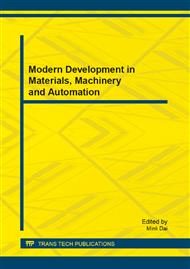p.89
p.95
p.103
p.109
p.117
p.123
p.129
p.135
p.141
A MapReduce Clone Car Identification Model over Traffic Data Stream
Abstract:
Accompany the widely use of Intelligent Traffic in China, all traffic input data streams to the Traffic Surveillance Center (TSC). Some metropolitan TSC, such as in Beijing, produces up to 18 million records and 1T image data arriving every hour. Normally, the job of the TSC is to monitor and retain data. There is a tendency to put more capability into the TSC, such as ad-hoc query for clone car identification and feedback abnormal traffic information. Thus we definitely need to think about what can be kept in working storage and how to analysis it. Obviously, the ordinary database cannot handle the massive dataset and complex ad-hoc query. MapReduce is a popular and widely used fine grain parallel runtime, which is developed for high performance processing of large scale dataset. In this paper, we propose CarMR, a MapReduce Clone Car Identification system based on Hive/Hadoop frameworks. A distributed file system HDFS is used in CarMR for fast data sharing and query. CarMR supports fast locating clone car and also optimizes the route to catch fugitive. Our results show that the model achieves a higher efficiency.
Info:
Periodical:
Pages:
117-122
Citation:
Online since:
August 2013
Authors:
Keywords:
Price:
Сopyright:
© 2013 Trans Tech Publications Ltd. All Rights Reserved
Share:
Citation:


